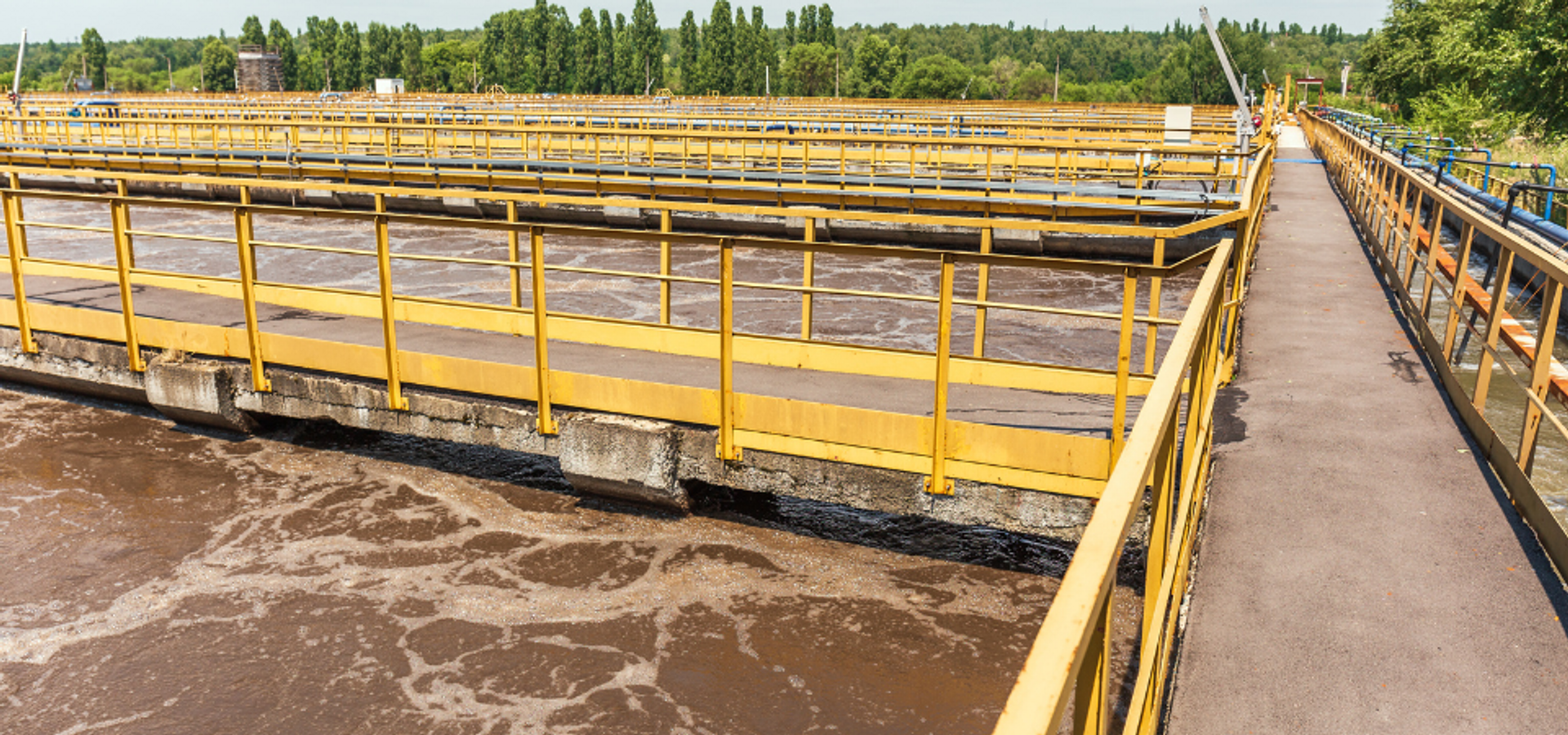
High Grease Food Processing
Background
For the period of 1 year, an EnviroZyme® wastewater treatment (WWT) product was applied in a municipality’s activated sludge plant, which was experiencing difficulties settling due to a high level of grease in its 5 MGD influent and resulting filamentous bacteria. In addition, the plant operators were seeking methods to reduce the high costs incurred dealing with their elevated amounts of secondary sludge.
Both physicochemical analyses and empirical observation demonstrated significant qualitative and quantitative progress throughout the year of treatment.
Pre-Treatment
Before the case study began:
- TSS in the effluent was 12–16 ppm.
- Polymer was regularly added to improve settling.
- The sludge was filter pressed to produce a dry cake with 15–17% solids content.
- 1,500 cubic feet of grease had accumulated in the scum pit (photo below), and an additional 35 cubic feet accumulated each week. Disposal required manual removal for transportation to a landfill.

Treatment Plan
After working with the operators and learning about their system, EnviroZyme WWT products were selected for the trial to meet the objectives of:
- Creating a healthier biomass.
- Reducing secondary sludge production.
- Improving settling.
- Eliminating grease buildup.
These biological powders contain a specially formulated range of adapted, high-performing microorganisms and key micronutrients for use in biological wastewater treatment plants treating high grease waste. This potent blend of aerobic and facultative anaerobic microorganisms establishes and maintains a biomass which provides greater resistance to the effects of organic inhibitors present in this type of wastewater.
Results
A month after adding EnviroZyme products, operators began to notice subtle improvements in floc formation and in the biological community as a whole. The 1,500 cubic feet of grease accumulation was beginning to degrade (photo below), and 2 months later, it was gone.

After the case study’s full 12 months:
- Secondary sludge production was reduced by 20%.
- Effluent TSS measured less than 5ppm.
- 50% less polymer was used.

The elimination of grease problems was further evidenced by sludge cakes that were 25% drier than those prior, thanks to reduction of filamentous bacteria, which do not dewater well. In addition to the lower hauling cost of drier solids, the plant also began to run better in colder weather.
Conclusion
Having achieved each of its objectives, this case study on high grease food processing influent has been deemed a success both by operators at the municipality’s activated sludge plant, as well as by EnviroZyme experts.
Rehabilitation of upset systems requires in-depth understanding of waste plant operation and design, as well as environmental microbiology, and EnviroZyme is here to help.